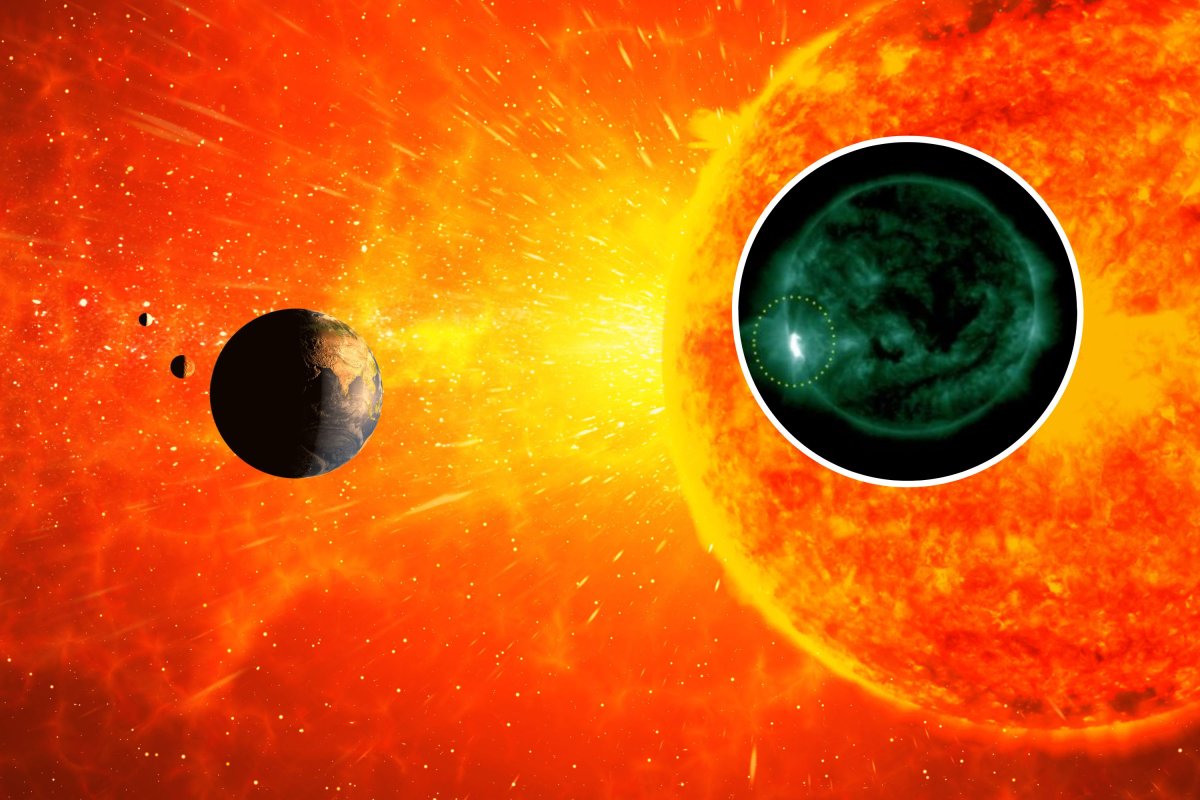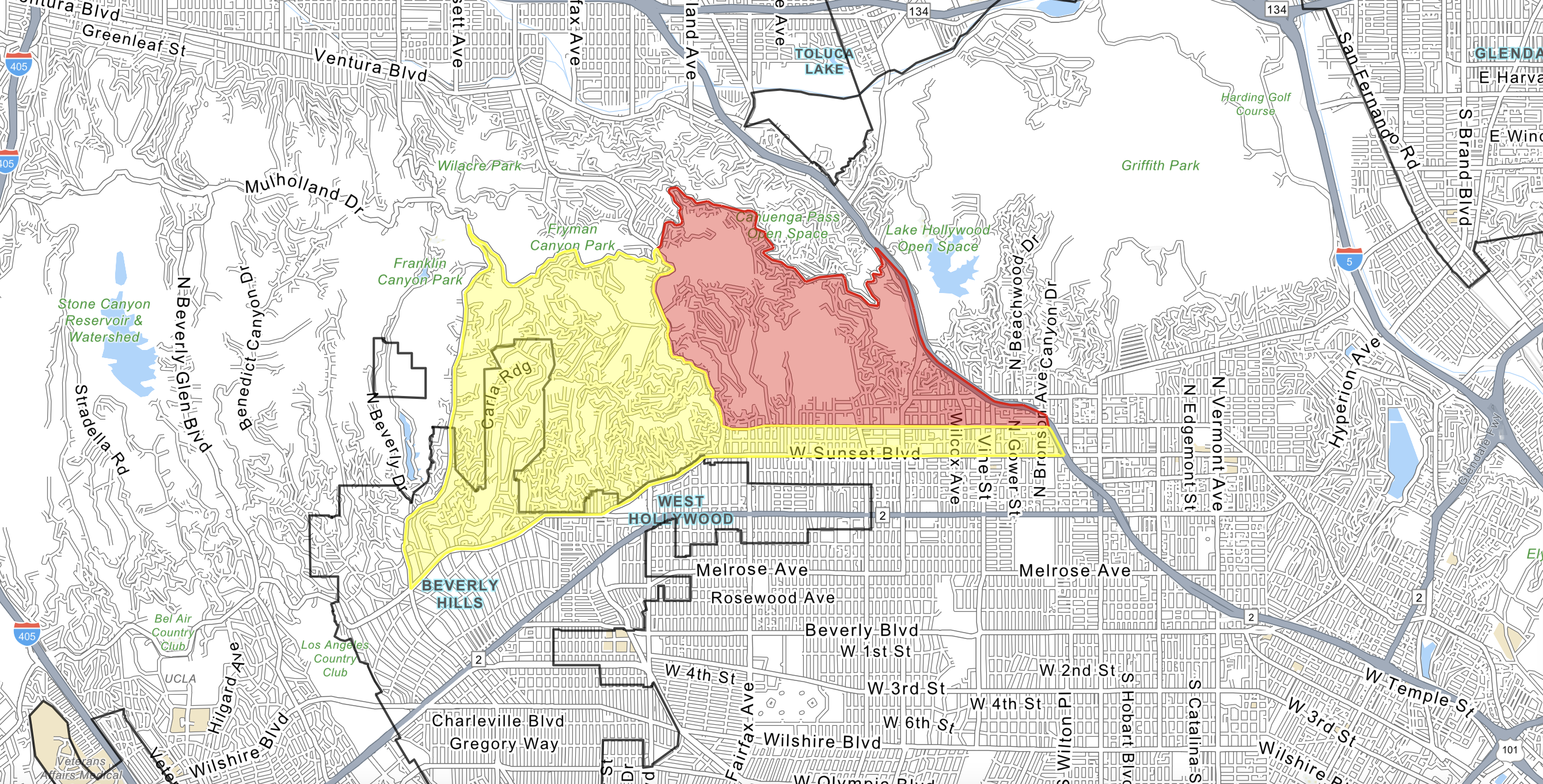A sunspot on the surface of the sun has erupted with a powerful solar flare, triggering radio blackouts across the planet.
The X3.3-class flare was flung out from AR3869 in the early hours of October 24, blacking out radio transmissions at frequencies below 30 MHz across Asia, Australia, and the Pacific. The flare is suspected to have also been accompanied by a coronal mass ejection (CME), which could hit our planet in the coming days and spark geomagnetic storms, resulting in the northern lights being visible further south than usual.
"Solar activity reached high levels. An X3.3/sf flare was observed at 24/0357 UTC from Region 3869," NOAA's Space Weather Prediction Center said in a forecast discussion, "as well as an asymmetrical halo CME that was first visible off the SW in C2 imagery at 24/0348 UTC.
"Due to the location of the source region, the bulk of the CME is expected to be to the S and E of Earth. However, some flanking influence is likely according to preliminary modeling efforts."

Sunspots are magnetically active regions on the sun's surface, They appear darker than the surrounding areas due to these magnetic fields inhibiting the transport of heat from the sun's interior to its surface, making them cooler.
"Sunspots are complex magnetic regions of the sun where energy can be stored in huge amounts. A large sunspot group can grow to many times the size of the Earth in a few days," Peter T. Gallagher told Newsweek. He is a professor of astronomy and astrophysics at the Dublin Institute for Advanced Studies in Ireland.
Over time, these magnetic fields can get tangled or twisted, and when the tension becomes too high, the magnetic lines can break and reconnect, causing the release of powerful bursts of radiation as solar flares. This can also propel large amounts of plasma and magnetic field lines from the sun's corona into space as CMEs.
Solar flares are measured on a scale of A, B, C, M and X, with each class being 10 times more powerful than the previous. The most powerful solar flare of this solar cycle—of which we are currently in the solar maximum—occurred on October 3, and hit X9.0 in strength.
"There is a higher probability of having such flares during solar maximum—which happens every 11 years and we are approximately in that period. A severe X10-class flare could happen roughly eight times during that 11-year period. And a minor M flare can occur about 2,000 times in that cycle," Daniel Brown, an associate professor in astronomy and science communication at Nottingham Trent University in the U.K., previously told Newsweek.
When the high-energy radiation of a solar flare hits the ionosphere in the Earth's upper atmosphere, it ionizes atoms and molecules, leading to enhanced absorption of radio waves, particularly those in the high-frequency (HF) range.
HF radio waves, which are used for long-distance communication, typically bounce off the ionosphere to reach distant locations, so, when they are instead absorbed, it results in a radio blackout. This effect is worst on the sun-facing side of the Earth.
The CME released at the same time as the X3.3-class flare may also hit the Earth, though forecasters can't yet tell how direct the impact will be, nor how powerful the CME is.
If the CME hits us head-on, it could spark geomagnetic storms in our atmosphere, which may result in the aurora being seen further away from the poles than normal.
In May this year, a G5-geomagnetic storm occurred for the first time since 2003, and caused the northern lights to be visible from locations as far south as Mexico, Puerto Rico, Italy and Spain.
Do you have a tip on a science story that Newsweek should be covering? Do you have a question about solar flares? Let us know via science@newsweek.com.
![SOURCE SPORTS: [WATCH] Mets Capt. David Wright Gives Interesting Insight On The Honor Of His Jersey Retirement In Citi Field](https://thesource.com/wp-content/uploads/2025/01/01fs75fy836w8mp4ytwr.webp)



















 English (US) ·
English (US) ·